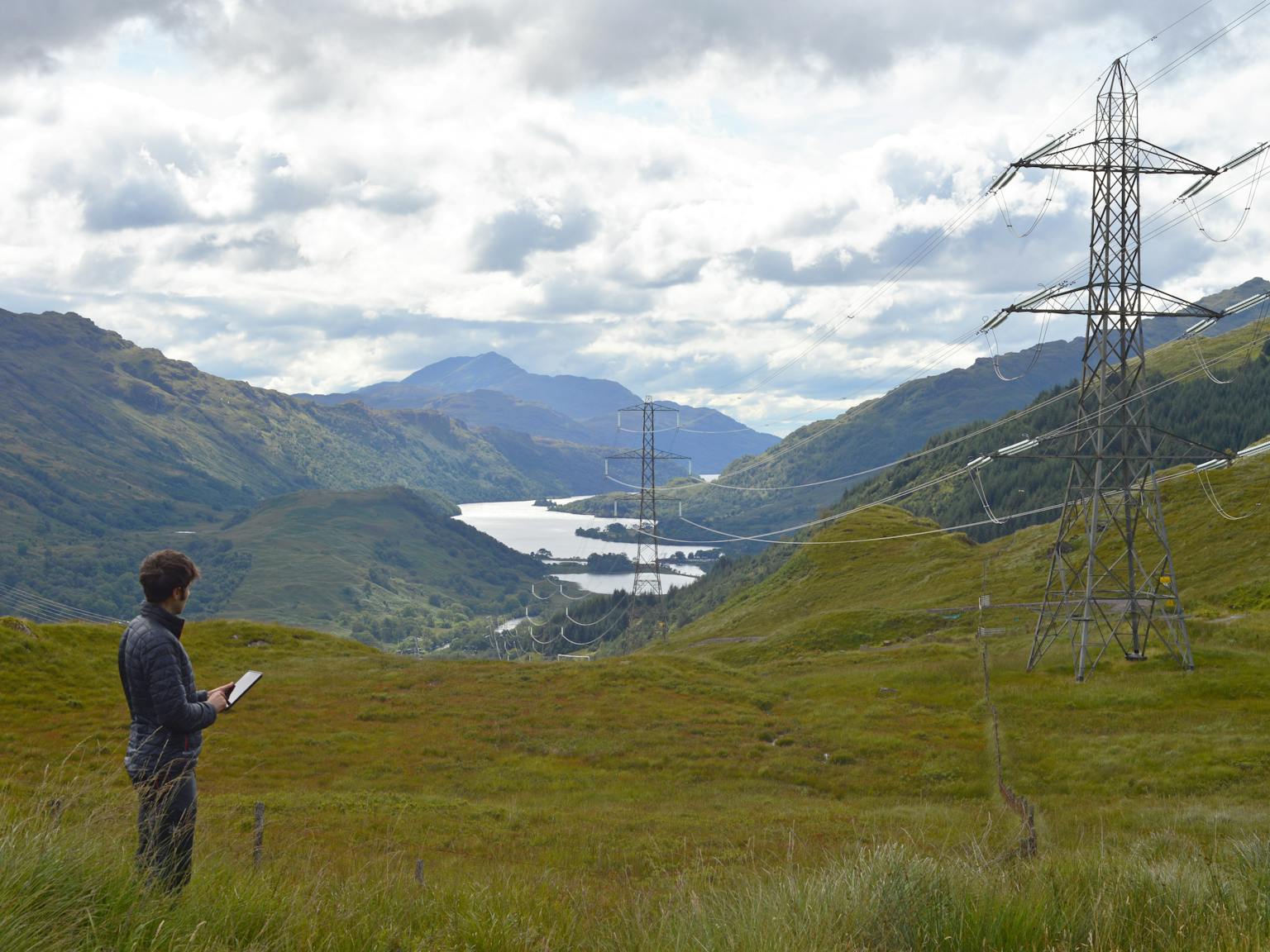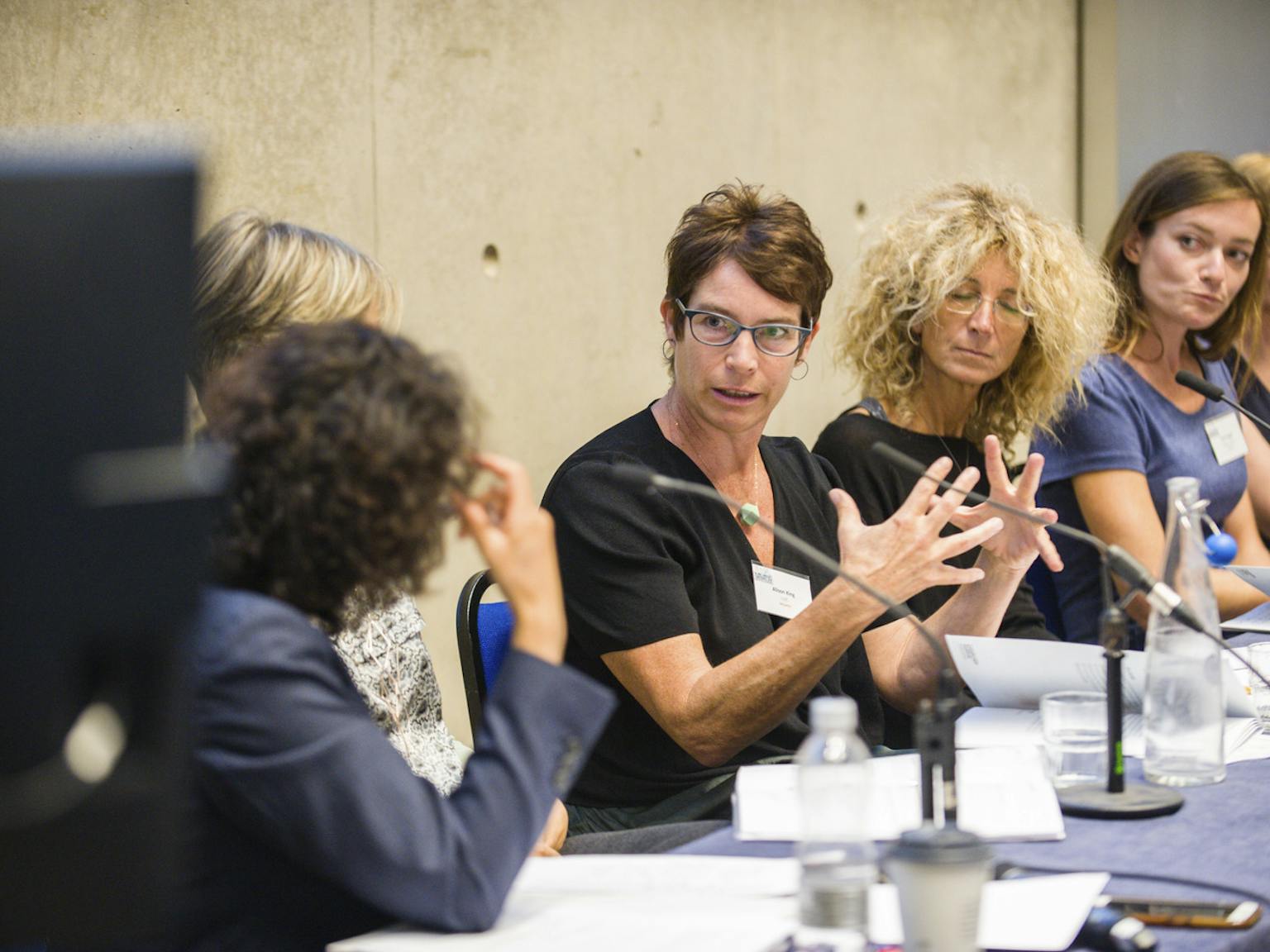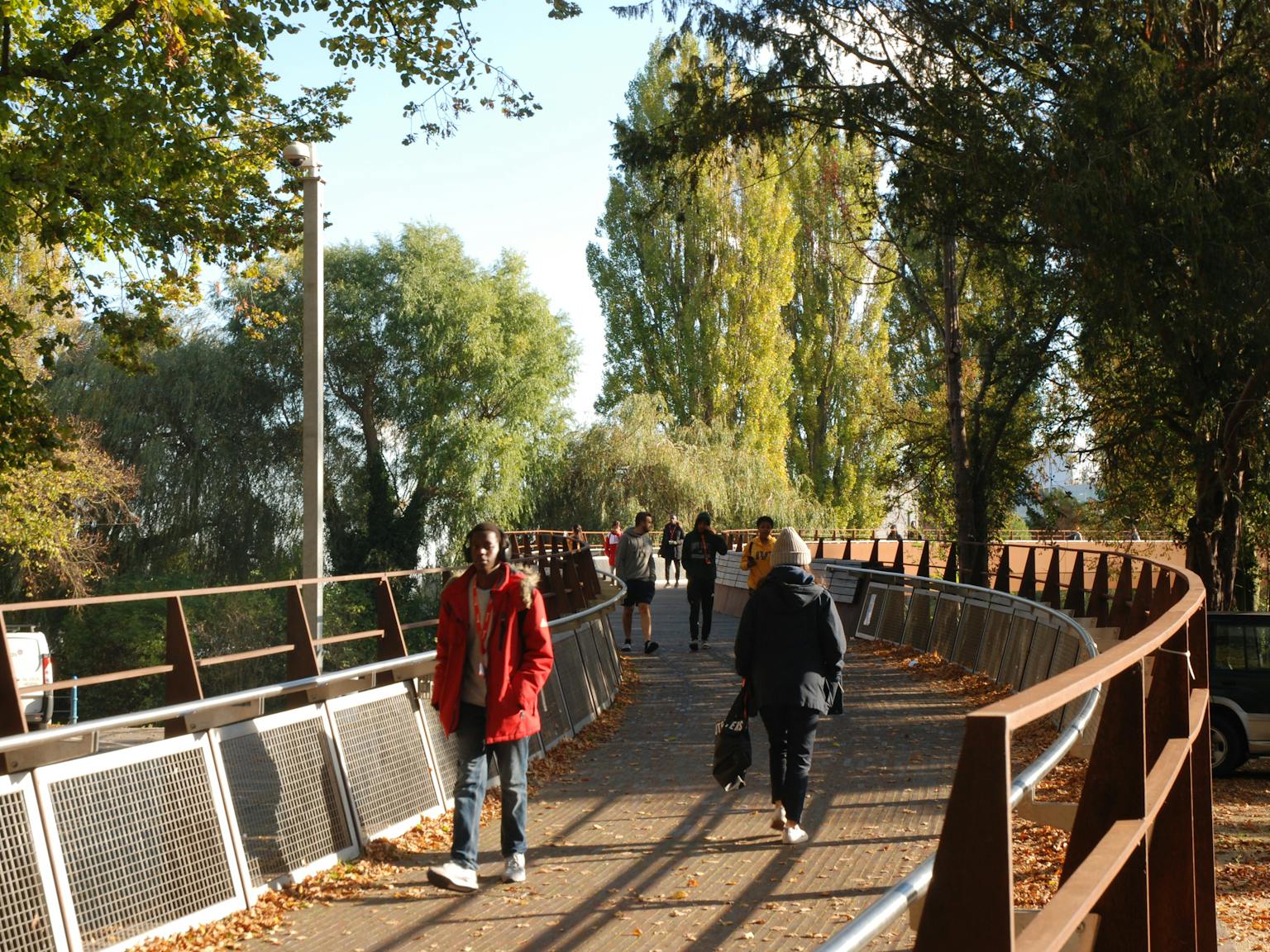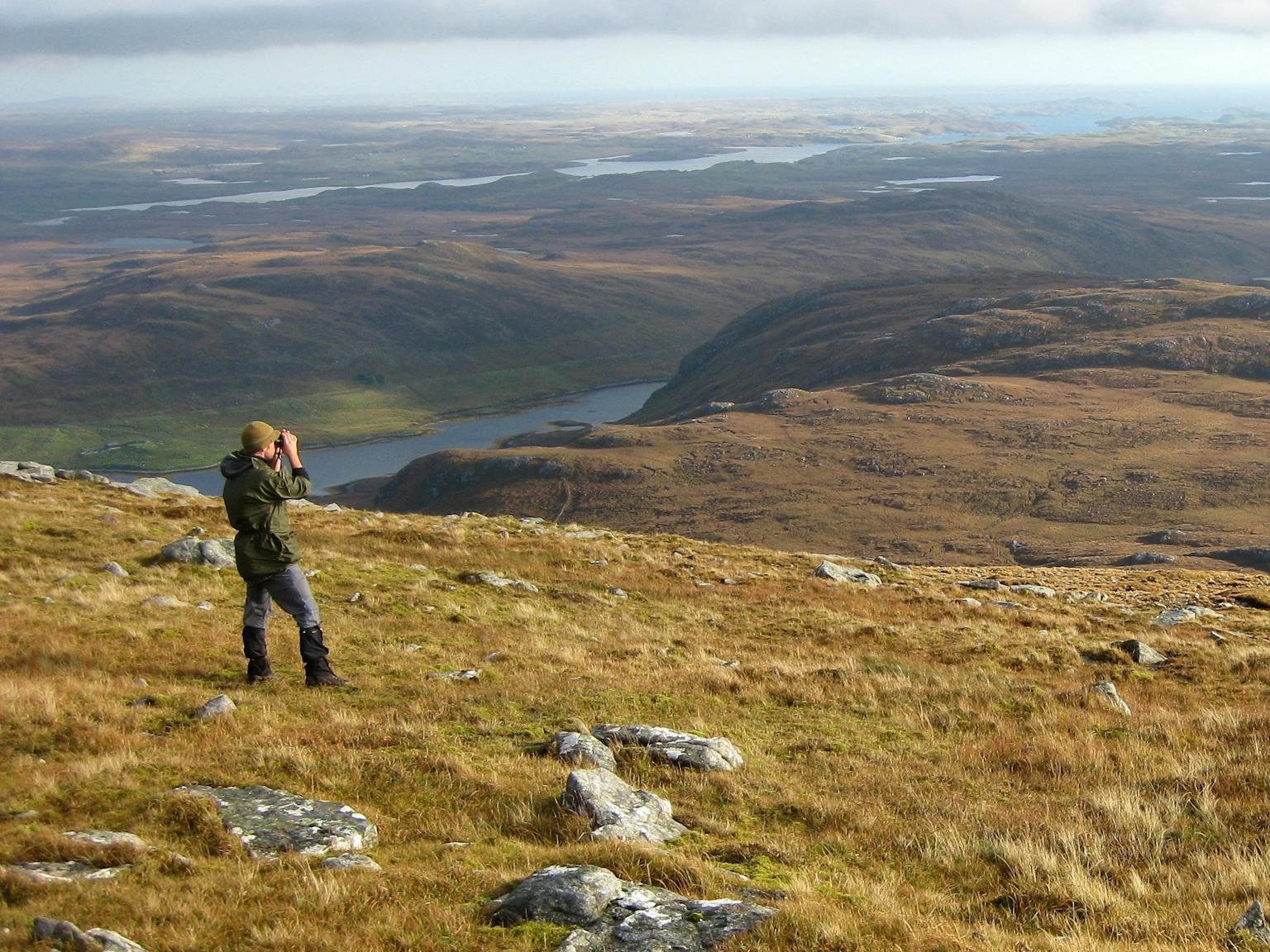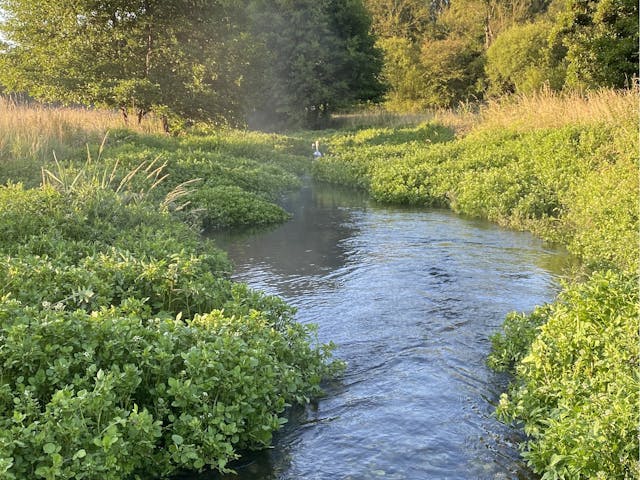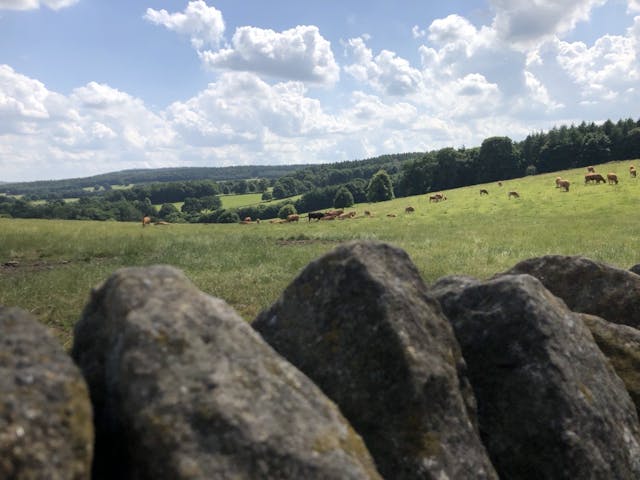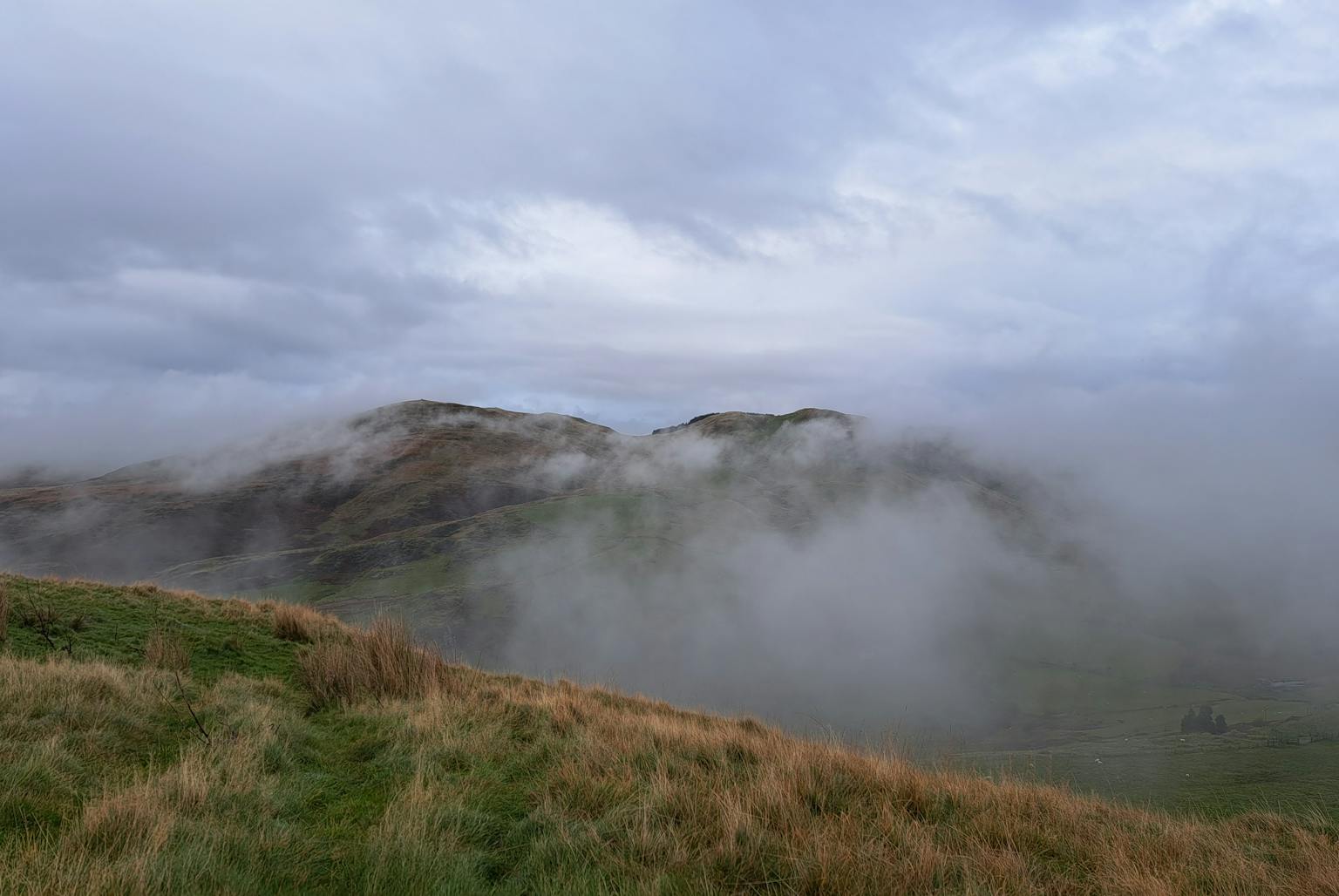
Significant policy support for renewable energy and grid projects announced in Wales
What has been announced?
The Welsh Assembly Government published a more supportive planning policy for renewable energy projects on Wednesday 24 February 2021. The new policy documents include the long-awaited National Development Framework ‘Future Wales – The National Plan 2040’ (Future Wales)[1], which is the first national spatial plan for Wales, and the eleventh edition of Planning Policy Wales (PPW 11)[2].
Key differences between the old and new planning policy approaches
With these new policies, the Welsh Assembly Government has strengthened its commitment to meeting the challenges of climate change, including specifically to increase the amount of energy generated from renewable sources. The new Future Wales sets out that “in determining planning applications for renewable and low carbon energy development, decision‑makers must give significant weight to the need to meet Wales’ international commitments and our target to generate 70% of consumed electricity by renewable means by 2030 in order to combat the climate emergency”. The previous policies did not include specific targets for the whole of Wales, so the new policies are much clearer about the Welsh Assembly Government’s intentions for the planning system to help contribute to renewable energy provision.
New policy in Future Wales and PPW11 respectively set out that “the Welsh Government strongly supports the principle of developing renewable and low carbon energy from all technologies and at all scales to meet our future energy needs” and that the planning system should “maximise renewable and low carbon energy generation”. To support local communities, the new policies retain the previous policy requirement that new energy projects must have an element of local ownership – at least a Gigawatt of capacity must be locally owned by 2030.
Within the new policy documents, large scale solar and wind developments are not supported in National Parks or Areas of Outstanding Natural Beauty (consistent with the previous policy approach) and all renewable schemes must be deemed appropriate in terms of their impacts on landscape, visual receptors, ecology, heritage assets, local amenity, electro-magnetic disturbance, defence interests and transport. Materials are also required to be sustainably sourced and it must be demonstrated that decommissioning can be carried out in an appropriate manner.
What this means for Onshore Wind
The previous approach to wind energy developments involved the identification of the Strategic Search Areas (SSAs) for Wind Energy Development in the Welsh Government’s Technical Advice Note 8: Planning for Renewable Energy (July 2005)[3]. Welsh Government defined these as “having the general characteristics that lend themselves to the accommodation of large wind farms” (TAN 8, Annex E). Seven SSAs with capacity targets ranging from 70MW-290MW were identified as part of TAN8. Planning Policy Wales 10 (the previous edition) set out that these areas were considered the “most appropriate locations for large scale on-shore wind farm development (over 25MW)”.
A 2018 review of onshore wind farm development in TAN 8 SSAs identified a shortfall between the SSA indicative capacity targets and the actual capacity to date of operational wind farms within the SSAs. Whilst this review identifies ‘in Planning’ and ‘Consented’ projects as helping to fulfil the targets, few of these projects had progressed to construction since being consented to or have yet to be granted planning consent. There were also a number of proposals within SSAs which did not gain consent or never progressed, and whilst the reasons for this were varied, public objection and grid capacity appear to be the main causes.
The new policy documents completely remove and supersede any reference to both ‘Strategic Search Areas’ and TAN 8. Instead, the new policy documents identify new ‘Pre-Assessed Areas for Wind Energy’. Within these areas, there is now a presumption in favour of lalarge-scaleind energy developments, subject to meeting policy requirements for protecting visual amenities, ecological sites, heritage assets, surrounding amenities (noise, shadow flicker, etc), defence interests or transport and that material for construction are sustainably sourced, suitable decommissioning and taking account of cumulative effects. The new Pre-Assessed Areas cover an area of almost 281,000 hectares (compared to just under 77,000 Ha for the SSAs), and whilst there is some overlap of the pre-assessed areas with the previous SSAs, the new areas have clearly been identified using a different methodology. The presumption in favour for wind energy developments within Pre-Assessed Areas creates a stronger position for decision-makers to support wind energy developments, compared to the previous approach, which did not include such a presumption.
The case for wind energy development across the whole of Wales, even outside the Pre-Assessed Areas, is also much stronger under the new policy approach. Whilst TAN 8 prescribed that “areas outside of SSAs should remain free of large wind power schemes”, Future Wales now stipulates that in areas outside National Parks and Areas of Outstanding Natural Beauty, “Proposals for renewable and low carbon energy projects (including repowering) qualifying as Developments of National Significance will be permitted”, subject to having no unacceptable landscape impacts (if outside the Pre-Assessed Areas) and no unacceptable impacts on the various criteria mentioned above (visual, ecological, heritage, etc).
The overall result of the new policy approaches in relation to wind energy development is likely to be seen as a ‘tipping of the balance’ in favour of wind energy developments, as the contribution which schemes make towards renewable energy targets is now likely to be given greater weight in the decision making. Within the Pre-Assessed Areas, a greater degree of landscape change is now more likely to be acceptable.
What this means for solar energy schemes
The new more supportive policy context for all renewable energy schemes will improve the chances of gaining consent for solar energy developments, as long as they can be demonstrated to meet the required criteria mentioned above (visual, ecological, heritage, etc).
What this means for Grid Connections
Future Wales emphasises the importance of viable grid connection solutions for onshore wind projects, whilst provisions of PPW in relation to new grid connections are generally unchanged from the previous version.
The Welsh Government is committing to using ‘policy levers’ to assist in the delivery of renewable energy projects in the Pre-Assessed Areas by “coordinating strategic action to build the case for new or reinforced grid infrastructure where necessary”. Policy 17 of Future Wales sets out that “the Welsh Government will work with stakeholders, including National Grid and Distribution Network Operators, to transition to a multi‑vector grid network and reduce the barriers to the implementation of new grid infrastructure”. Grid connections for onshore wind projects have previously presented challenges for development in Wales and the implementation of technically, economically and environmentally viable strategic grid connection solutions will be integral for the country to meet its renewable energy targets.
It is also important to note that in April 2018 the Welsh Assembly Government undertook consultation in relation to changing the consenting process for large scale infrastructure projects in Wales. This included proposals to replace the current developments of national significance (DNS) process with a Welsh Infrastructure Consent (WIC) process, which would also include other authorisations or licences necessary for the development to take place i.e. to include grid connections within renewable energy development applications. However, there has been little progress on the implementation of the WIC regime, with the most recent reports suggesting it would not be likely to come forward before 2023.
How LUC can help
LUC has over 20 years of experience in the design, assessment and consenting of renewable energy projects, including grid connections, and our services include planning feasibility assessments, preparing and submitting development applications and managing the consents process, undertaking environmental impact assessments, landscape assessments, cultural heritage assessments, ecology including ornithology surveys and assessments. This provides us with a sound understanding of the key issues relating to renewable energy developments and how to maximise the chances of gaining consent.
For more information on the latest updates to planning policy and to explore the implications for your projects please get in touch with Stuart Langer.
[1] https://gov.wales/future-wales-national-plan-2040-0
[2] https://gov.wales/planning-policy-wales
[3] https://gov.wales/sites/default/files/publications/2018-09/tan8-renewable-energy_0.pdf
[4] The TAN8 SSA capacity targets were based on turbines of 1.5MW-2MW capacity, which is a significantly lower indicative capacity than current industry standard turbine models.
[5] https://gov.wales/docs/desh/publications/050701techical-advice-note-8-en.pdf


